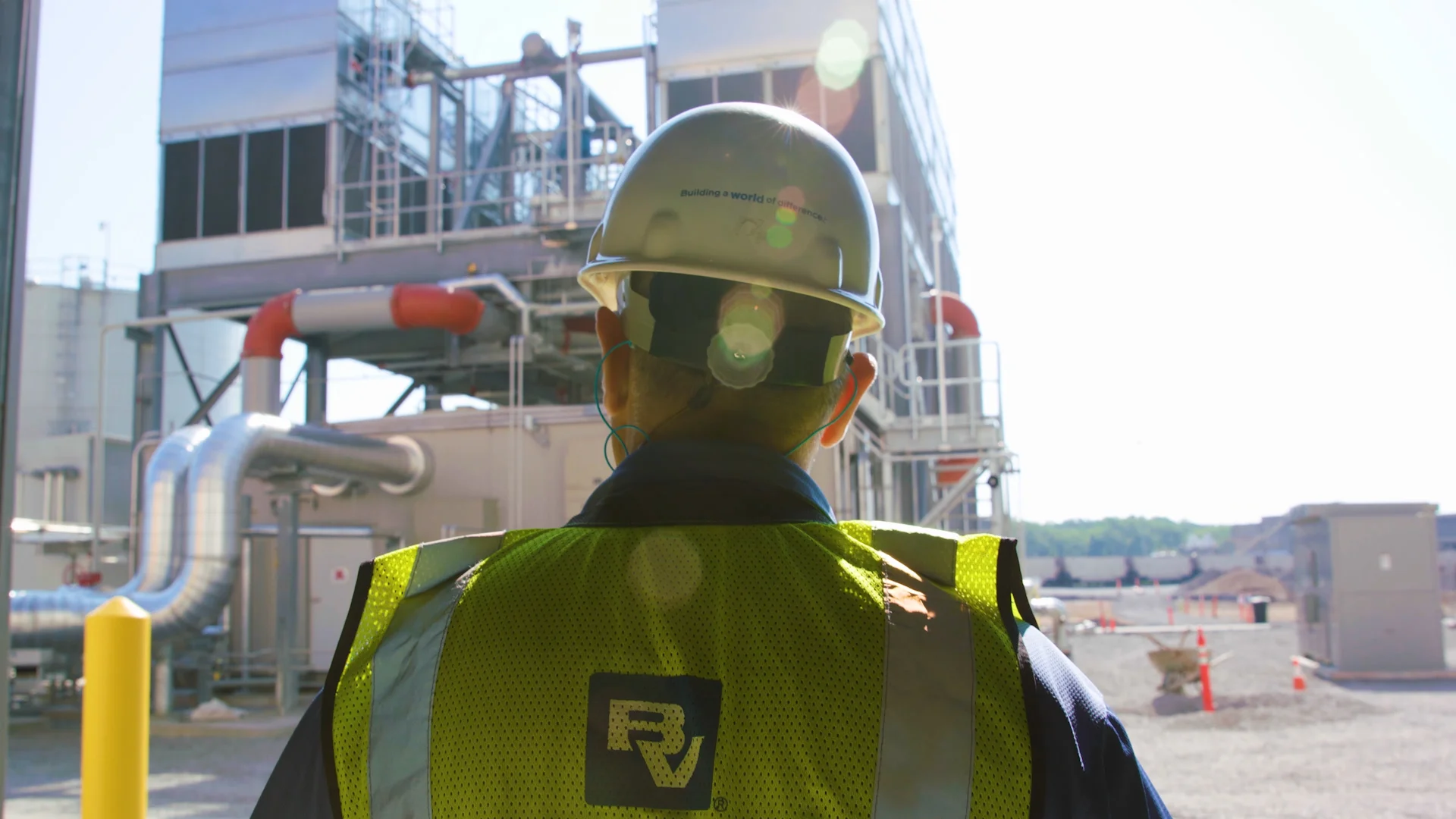In mid-August of 2018, just days before the dawn of another school year, the school’s patrons joyously welcomed the new, solar-driven power source that had trekked thousands of miles by truck and ship from America’s heartland. Stationed near the small playground, the scalable, plug-and-play module – roughly half the size of a railroad boxcar and first conceived to power Iowa hog farms – took a star turn the instant it first went on line at the school during a ceremony that drew dozens of cheering patrons.
A coalition led by Black & Veatch – a century-old designer and builder of power solutions – made it happen, donating tens of thousands of dollars in technology along with the manpower that put it in place.
With the debut of the trusty way of capturing Puerto Rico’s relentless sunshine and convert it to storable, reliable power, worries about future electricity disruptions at the school vanished. Away went the need for costly, noisy and polluting diesel-powered generators routinely deployed after disaster hits.
And gone was talk of that the school would be mothballed under a sweeping islandwide school consolidation plan launched even before Maria made landfall. While the SU Manuel Ortiz school was to have been among hundreds of Puerto Rican schools eventually shuttered to deal with the island’s crippling debt, Black & Veatch’s Charles Moseley says officials reversed that decision after learning that the SunCrate was headed Yabucoa’s way.
“We’re very proud of that,” Moseley, a program director in Black & Veatch’s water business, said of SunCrate’s role in sparing the school.
SunCrate is "inspirational. It gives people hope."
Puerto Rico education officials cast the SunCrate – a testament to cheaper, greener power for the school – as an aspirational vision of sweeping uses and opportunity for the struggling, storm-prone island.
To Giovannia Granja Garcia, a married mother of three, getting power resilience is a gesture reminiscent of the life in the wake of the storm: Neighbors helping neighbors, sharing everything from water and food to the sweaty chore of muscling away trees and other debris.
“We didn’t think (the storm) would be of such great magnitude like what we experienced,” she said, vividly recalling that the storm “affected all of us in one way or another.” Locals “didn’t have food. They didn’t have water. They didn’t have basic things.”
But now, she boasts, they have never-ending power.
How it Works: A Peek Inside
Using a Black & Veatch-developed design and crafted by SunCrate Energy, the modular SunCrate uses solar PV panels, inverters and batteries to store and provide electric power, potentially in support of critical services such as police, fire, schools, clinics and other community level sites.
Electricity for the Yabucoa school is generated by 325-watt CS6U-Poly solar modules donated by Canadian Solar, one of the world's biggest solar power companies and a leading maker of solar photovoltaic modules. California-based Tesla contributed advanced battery energy storage through various Powerwall units capable of storing excess solar power and delivering it outside peak generation periods. Lloyd Electric Co. of Wichita Falls, Texas, partnered to support delivery and installation of the SunCrate in Yabucoa.
On the ground in Yabucoa, the SunCrate will substantially lower the school's electricity costs as a reliable source of renewable energy while strengthening the site’s function as a designated community emergency response center in the event more natural disasters strike.
All the while, teachers and administrators there prize the aspirational aspects of it: As a real-life science lesson that could stoke the imagination of students, perhaps steering them into engineering careers.
“Really, this was a labor of love,” Moseley said of the push to bring SunCrate to the school and its beleaguered patrons.





